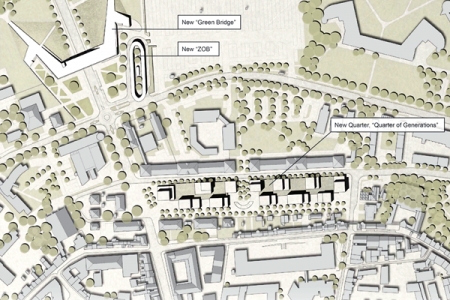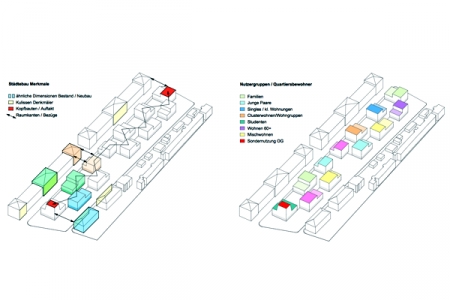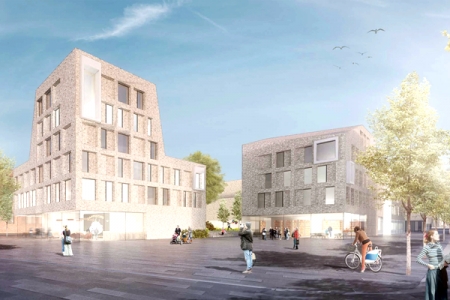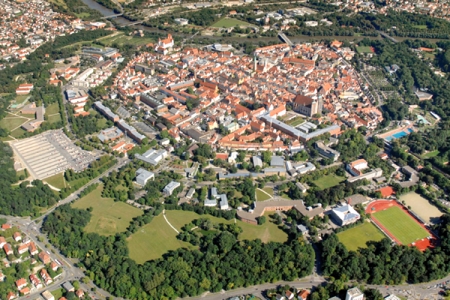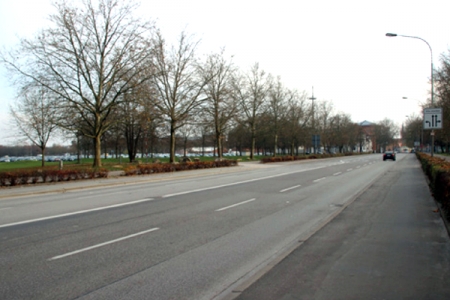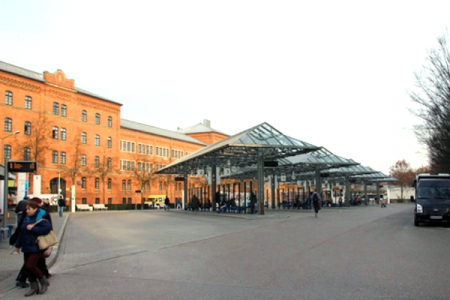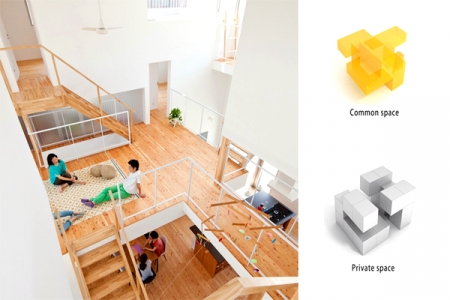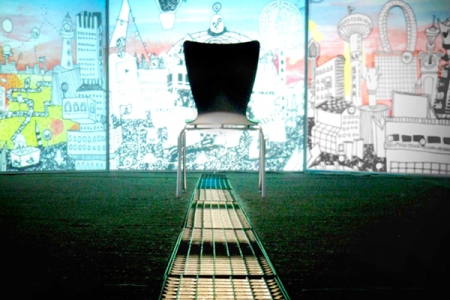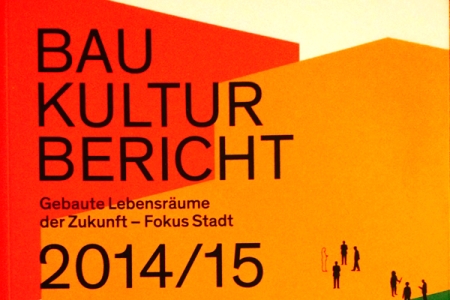re-connect - alte Formen neue Lebensweisen
Ingolstadt (DE) – Mentionné
DONNÉES DE L’ÉQUIPE
Représentant d’équipe : Jo-Niklas Dodoo (DE) – architecte ; Associé : Erol-Jonny Slowy (DE) – architecte
Hohenzollernring 121, 22763 Hamburg – Deutschland
49 16 3633 1828 – jo_do13@hotmail.com
Voir la liste complète des portraits ici
Voir la page du site ici

J.-N. Dodoo & E.-J. Slowy
INTERVIEW
Cliquer sur les images pour les agrandir
1. How did you form the team for the competition?
We have known each since our childhood days in Hamburg. Furthermore we used to study together at the faculty of Architecture in Hannover, Germany. During the time at University we founded, the “stadtartisten”, a small office of 6 members in the field of architecture, art and communications.
2. How do you define the main issue of your project, and how did you answer on this session main topic: Adaptability through Self-Organization, Sharing and/or Project (Process)?
A prerequisite for a vital urban area is a heterogenic environment with high density, diversity and frequency of protagonists and their usage options. We therefore decided to come up with a highly densified urban planning design, in which the main emphasis is placed on the provision of communal area and new forms of sharing and living for diverse age groups and modi vivendi within the heart of the historic centre.
3. How did this issue and the questions raised by the site mutation meet?
It is suggested to establish a new mixed district in the vicinity of the ZOB-area and use the respective area in the historic centre to increase density and vitalization. As part of a loose development of particular solitaries the new “Quarter of Generations” will emerge and enable participation in the new urban living. At the same time it ensures a high user frequency and purchasing power for the whole historic centre. In the proximity of adjacent housing projects a secure surrounding near recreational, cultural and trade areas is enabled.
The vivid Quarter is a counter pole to Ingolstadt’s monofunctional housing developments. The ZOB, currently situated close to the respective area, will be transferred to the North. The exploration of the historic centre will thus begin at the initial interface of the historic centre. A multifunctional Green Bridge, situated at historic sight, will build identity and serve as a landmark; as a backbone for the new ZOB it will act as a prelude for the historic centre. It will supply access the “Glacis” and merge the hitherto disconnected green area.
4. Have you treated this issue previously? What were the reference projects that inspired yours?
Densification within cities is omnipresent throughout decades of urban development; it is therefore important to lay emphasis on the main issues such as sharing, mobility and sustainability, to counter nowadays problems of social coexistence.
A city we always admired regarding future-oriented topics is Tokyo. It had a large influence on how we define urban living. A well-known model of Japanese urban structures is the sharing of residential functions within the public space.
An interesting Experience was the organization of a competition in 2009, with the guiding metaphor “Urbanism Follows Visions”, in which competitors were called upon to create a picture addressing urban living in a hundred years. The evaluation of the works gave us an interesting view on urban living in the future.
Another influence for our research on Ingolstadt was the informative brochure “Baukulturbericht, Gebaute Lebensräume der Zukunft – Fokus Stadt.”
5. Today –at the era of economic crisis and sustainability– the urban-architectural project should reconsider its production method in time; how did you integrate this issue in your project?
Regarding the design of the “Quarter of Generations”, we put focus on flexible housing, it is supposed to interact with its urban surroundings and social composition. The design tries to counter the demographic transition, with emphasis on sharing and supply within walking distance.
6. Is it the first time you have been awarded a prize at Europan? How could this help you in your professional career?
Yes, it is the first time. We think that the confrontation with the topic already helped us in our professional career and hopefully it will give thought-provoking impulse and help developing the site.
